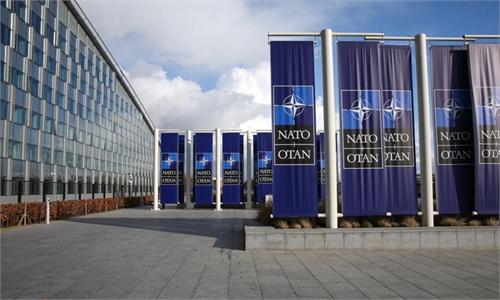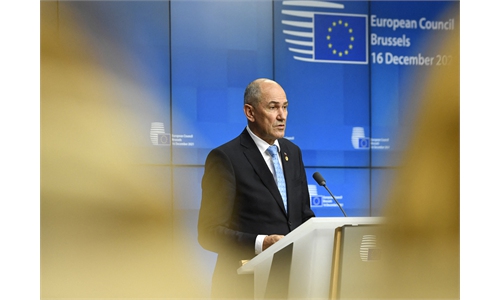
Wang Yaping steps out of the Tianhe space station core module on November 7, 2021. Photo: VCG
With 207 orbital launches in the past five years, China's space industry has expanded to new horizons in the starry ocean of the vast cosmos, a newly released white paper on the country's space plans showed.
Outlining new exciting chapters of major projects such as deep space exploration and manned space programs, the long-anticipated fifth edition of the white paper, titled China's Space Program: A 2021 Perspective, was released at the State Council Information Office in Beijing on Friday, offering a fresh window for the world to better understand the progress China has made in the sector.
It is the fifth of its kind following those issued in 2000, 2006, 2011 and 2016.
Since 2016, China's space industry has made rapid and innovative progress, manifested by a steady improvement in space infrastructure, the completion and operation of the BeiDou Navigation Satellite System (BDS), the completion of the high-resolution earth observation system, steady improvement in the service ability of satellite communications and broadcasting, the conclusion of the last step of the three-step lunar exploration program (orbit, land, and return), the first stages of building its space station, and a smooth interplanetary voyage and landing beyond the earth-moon system by Mars probe Tianwen-1, followed by the exploration of Mars, read the white paper.
In the next five years, China will start a new journey toward building a space power. The space industry will contribute more to China's development, to global consensus and common efforts in outer space exploration and utilization, and to human progress, its preface noted.
Future outlooks
In terms of manned spaceflight project, China plans to launch the Wentian and Mengtian experimental modules, the Xuntian space station telescope, Shenzhou manned spacecraft and Tianzhou cargo spacecraft in the next five years, according to the white paper.
China's space station is expected to be completed in 2022, and the white paper said that China will build a space laboratory on board and place astronauts on long-term assignments to perform large-scale scientific experiments and maintenance.
Studies on human lunar landing, new-generation manned spacecraft, and research on key technologies to lay the foundation for exploring and developing cislunar space will also be carried out in this period.
Currently, the three-member Shenzhou-13 crew are living and working in the Tianhe space station module, halfway through their record-long six-month stay in space.
China will also pursue new milestones in deep space exploration.
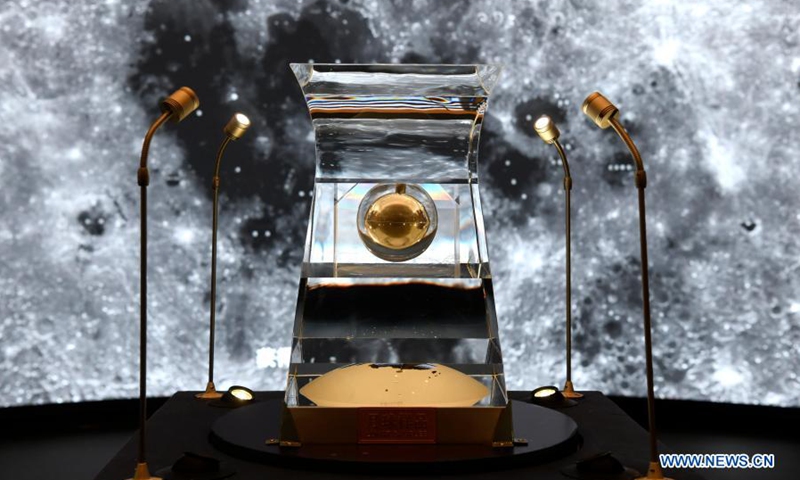
The lunar samples No. 001 brought back by China's Chang'e-5 probe is displayed at the National Museum of China in Beijing, capital of China, Feb. 27, 2021. An exhibition displaying the lunar samples No. 001 brought back by China's Chang'e-5 probe is held here on Saturday.(Photo: Xinhua)
China will, in the next five years, launch the Chang'e-6 lunar probe to collect and bring back samples from the polar regions of the moon, Chang'e-7 to perform a precise landing in the moon's polar regions, and complete research and development for Chang'e-8 key technology.
With the successful lunar sample retrieving feat of Chang'e-5 in 2020, China has completed the first three phases of the country's lunar probe missions, and initiated research work for the fourth phase in the 13th Five Year Plan period (2016-20), according to Liu Jizhong, director of the China Lunar Exploration and Space Engineering Center, who was present at Friday's press conference.
Liu said that China's phase-4 lunar probe would include four missions, the first of which involves Chang'e-4, which has already achieved a successful landing on the dark side of the moon, and there will be three other missions codenamed Chang'e-6, -7, and -8.
Chang'e-6 involves carrying out lunar sample return tasks, while Chang'e-7 will probe the lunar polar region, especially looking into water distribution on the Moon. Those two missions would be launched around 2025, during which the development for the Chang'e-8 mission will start simultaneously, the official said.
China's Chang'e-7 mission also includes an agreement with Russia's Luna-26 mission, and the two would explore the moon together, Liu said.
Chang'e-8's launch, according to Liu, could be expected before 2030, and would involve verifying key technology for the lunar station.
Launching asteroid probes to sample near-earth asteroids and probe main-belt comets and complete key technological research on Mars sampling and return, exploration of the Jupiter system, and to study plans for boundary exploration of the solar system are also on the list of things to do for China's space industry in the next five years.
China on Friday released further details surrounding the construction of the International Lunar Research Station (ILRS), saying that the open and inclusive project jointly proposed by China and Russia is expected to become operational by 2035.
"Governments of China and Russia are working closely on the ILRS agreements and have basically reached a consensus, and the agreement will hopefully be signed later this year. After that, a joint declaration on the project will be announced to the world by the national space agencies of the two countries," CNSA deputy head Wu Yanhua told the Global Times on Friday at the press conference.
China and Russia are working on a draft of a legally binding intergovernmental agreement on the project, which is due to be signed in 2022, Russia's national space agency Roscosmos said in an exclusive interview with the Global Times in December 2021.
Roscosmos hailed the ILRS as the largest current cooperation project between the two "longstanding and reliable partners" in the space field, and said that the ILRS enables the construction of a station by 2035 on the lunar surface, while experimental and research facilities for a wide range of scientific work would operate in lunar orbit.
At all stages, at all levels of construction, and in terms of sharing of research data and space-ground support system, we have set no limits and welcome the world to join in its construction, Wu said.
Just like the Antarctic and Arctic research stations, we are inclined to build such a facility at the lunar south pole, and construct a scientific laboratory facility on the moon's surface as well as in lunar orbit, in order to conduct multi-discipline research work.
Wu elaborated that China's phase-4 lunar probe would pursue the goal of constructing a basic form of the ILRS. In five years, China's Chang'e-6 and -7 missions would join forces with their Russian counterparts to complete scouting and surveying work before construction begins.
In another 10 years, the construction of the town-like facility would be delivered, which would be equipped with an energy supply system, communication functions, as well as a space-Earth commuting system, among others. "A life supporting system would also be necessary to support human activity in the long run," Wu told the Global Times.
According to Wu, the ILRS will be able to receive visitors from Earth on scientific missions of various countries and organizations.
China and Russia welcome international peers to join in the project, Wu stressed.
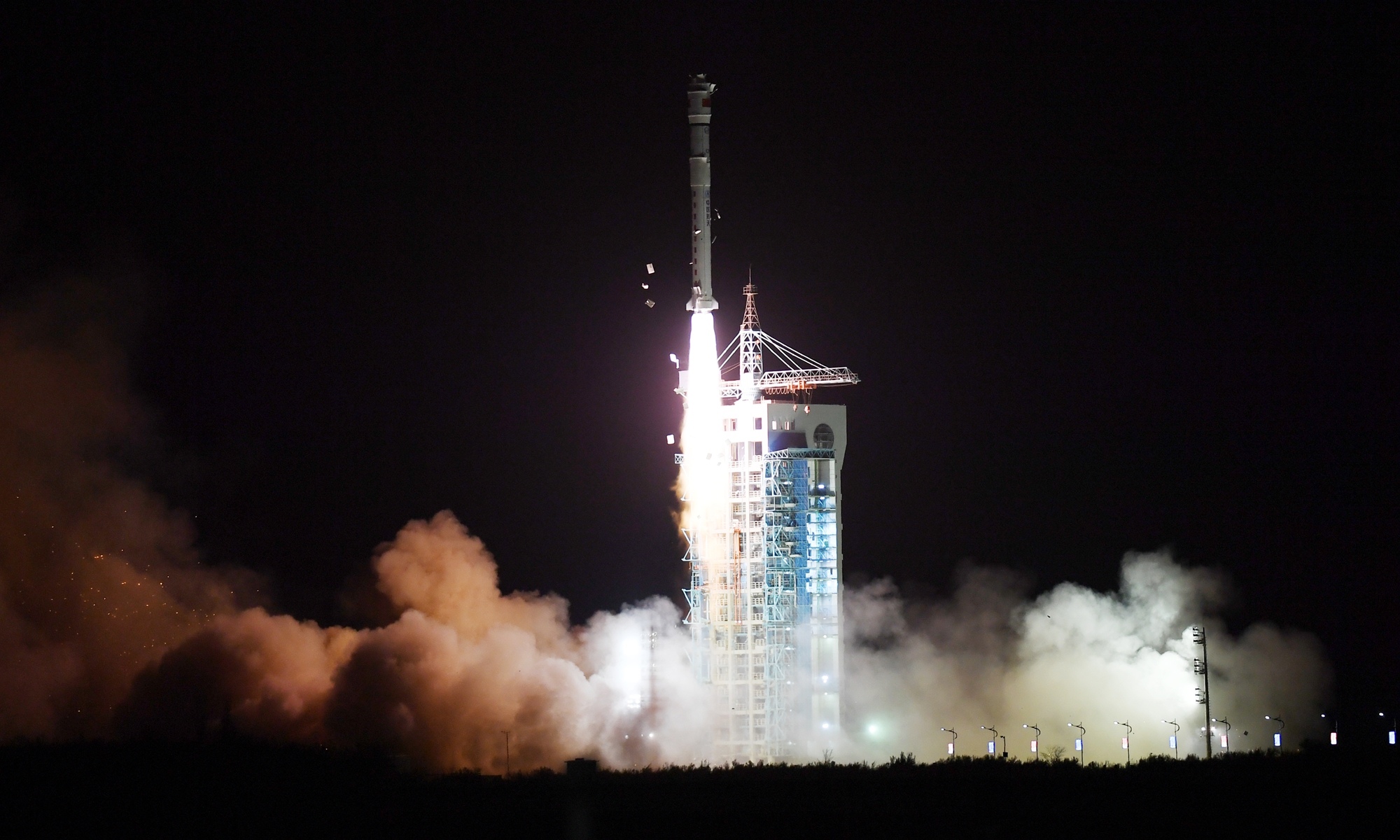
China successfully sends the Tianhui-4 satellite into space from the Jiuquan Satellite Launch Center in the northwest of the country on December 29, 2021. The launch marked the 404th mission of the Long March series carrier rockets. Photo: VCG
Strengthened governance
The white paper also states that in the next five years, China will hone its space environment governance capability, strengthen the protection of its space activities, assets and other interests by boosting capacity in disaster backup and information protection, address vulnerabilities, and increase survivability.
At the same time, China will seek to actively participate in the formulation of international rules on outer space under the framework of the United Nations, and jointly work with other countries to address the challenges of ensuring long-term sustainability of outer space activities. Researching plans on building a near-Earth object defense system, and increasing the capacity of near-Earth object monitoring, cataloguing, early warning and response is also on the schedule.
Analysts said such plans are of great necessity, and China's efforts will not only make contributions to the opposition of the militarization of space, but also safeguard the safety of humanity as a whole.
It is time to deal with space debris and traffic chaos, and China has experienced increasing challenges in recent years, as it builds satellite infrastructure and a space station, they said.
China could lead the designing of laws in the space sector at the United Nations, hopefully making it a UN resolution to protect all, Song Zhongping, a space observer and TV commentator, told the Global Times on Friday.
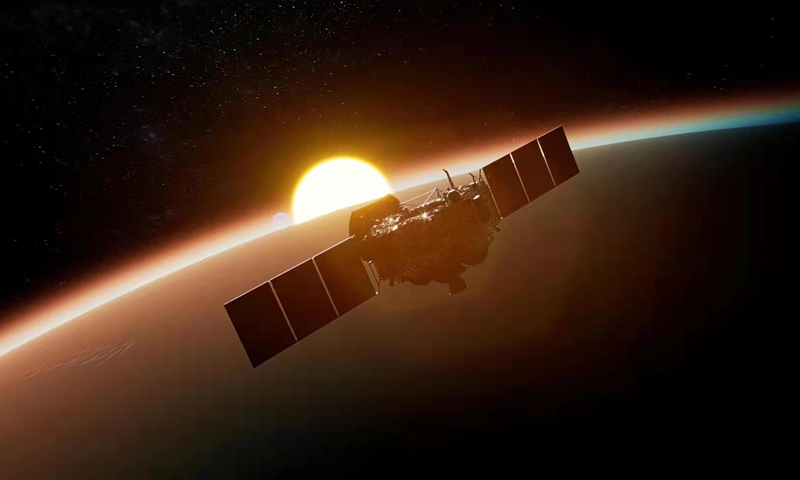
Photo: Courtesy of China Aerospace Science and Technology Corporation
New mechanism of intl cooperation
At the Friday conference, CNSA officials repeatedly underscored the openness and inclusiveness of China's space industry.
According to data the CNSA provided to the Global Times on Friday, China's space community has cooperated with international partners to implement the UN 2030 long-term sustainable development agenda, and signed about 50 agreements or memorandums of understanding.
"We shall be more open in international cooperation, and cooperate with partners and international counterparts on a higher level and in larger projects," Wu noted on Friday.
Wu cited the ILRS project with Russia as an example, saying that it is a very large and long-lasting international scientific cooperation project and plan.
The fifth edition of the white paper stressed that, for the first time in history, the space industry will contribute more to common effort with regard to outer space exploration and utilization, and to human progress, according to Wu.
Wu pointed out that in the past, international cooperation with China mainly involved carrying payloads onboard, but in the future, it will include the mission-planning stage.
What's more, cooperation will be upgraded from single product collaboration to joint R&D for more complicated systems, from single typical scenario application to a multi-domain comprehensive application, so that space activities can more comprehensively benefit mankind, he said.
Chinese space analysts hailed such new mechanisms, saying that it shows China's confidence which stems from its robust progress in the space sector and shows its original aspiration of benefiting all mankind has never changed, despite experiencing technology blockades from foreign space powers, especially from the US in the early stage and even till now.
Pang Zhihao, a Beijing-based senior space expert, said he believed that it is natural that more countries will join forces with China in the space field.
"Great charm lies in great strength," Pang told the Global Times. "China has proven its strong capabilities in different domains of space technology, and those who have yet to develop their own would benefit from the infrastructure and technology China has built, which is great news for all."
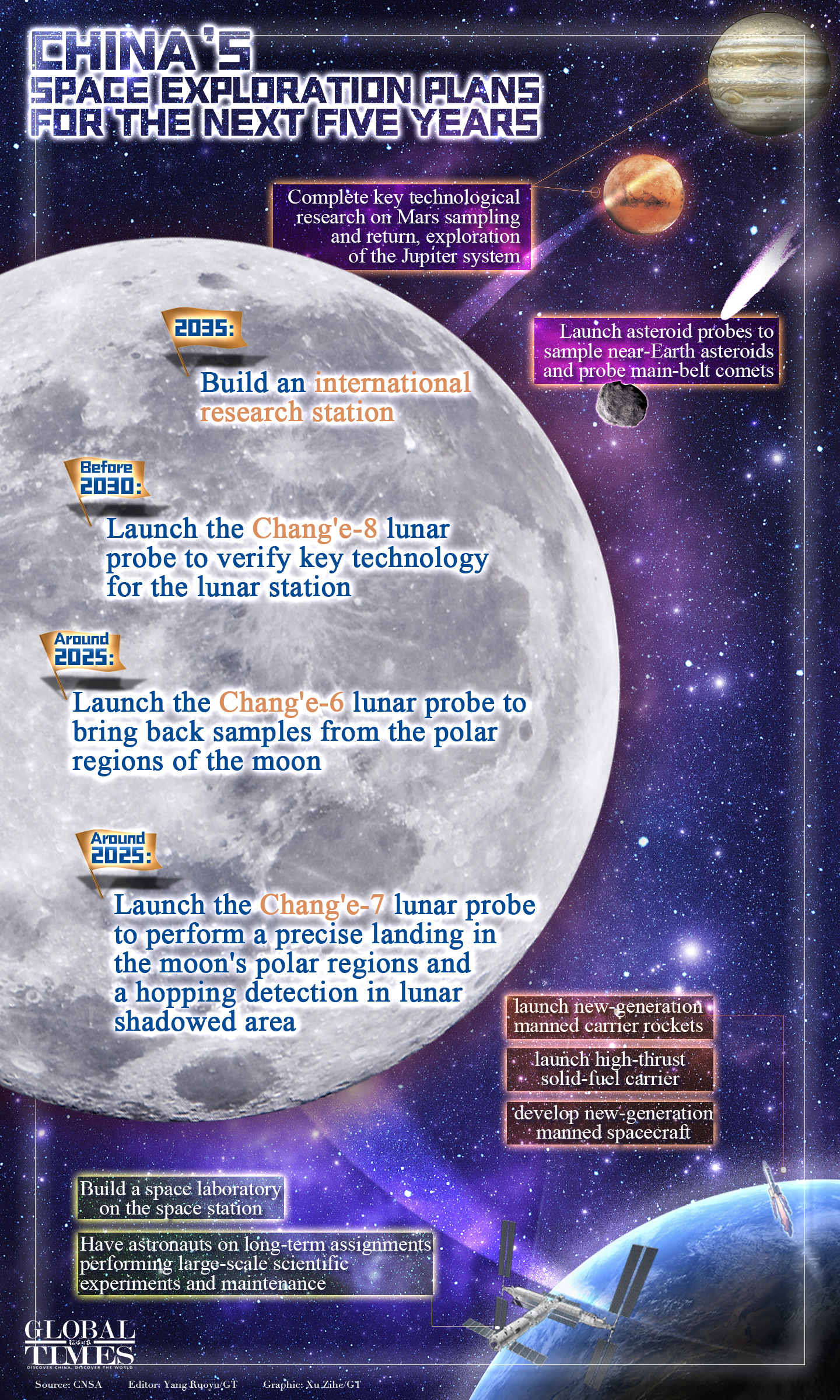
China's space exploration plans for the next five years Editor: Yang Ruoyu/GT Graphic: Xu Zihe/GT


